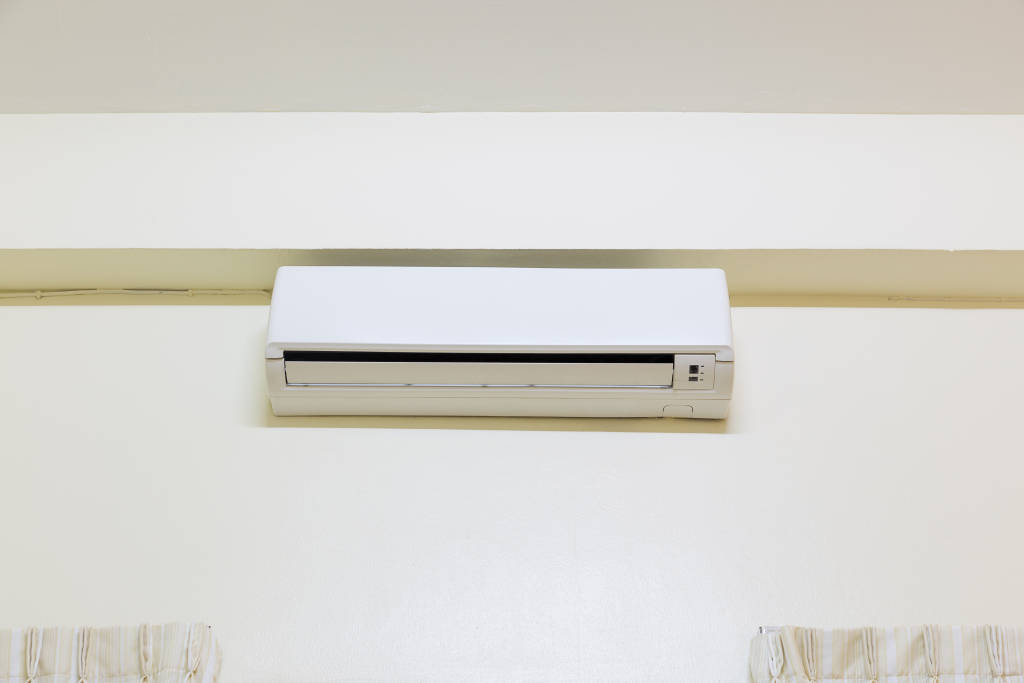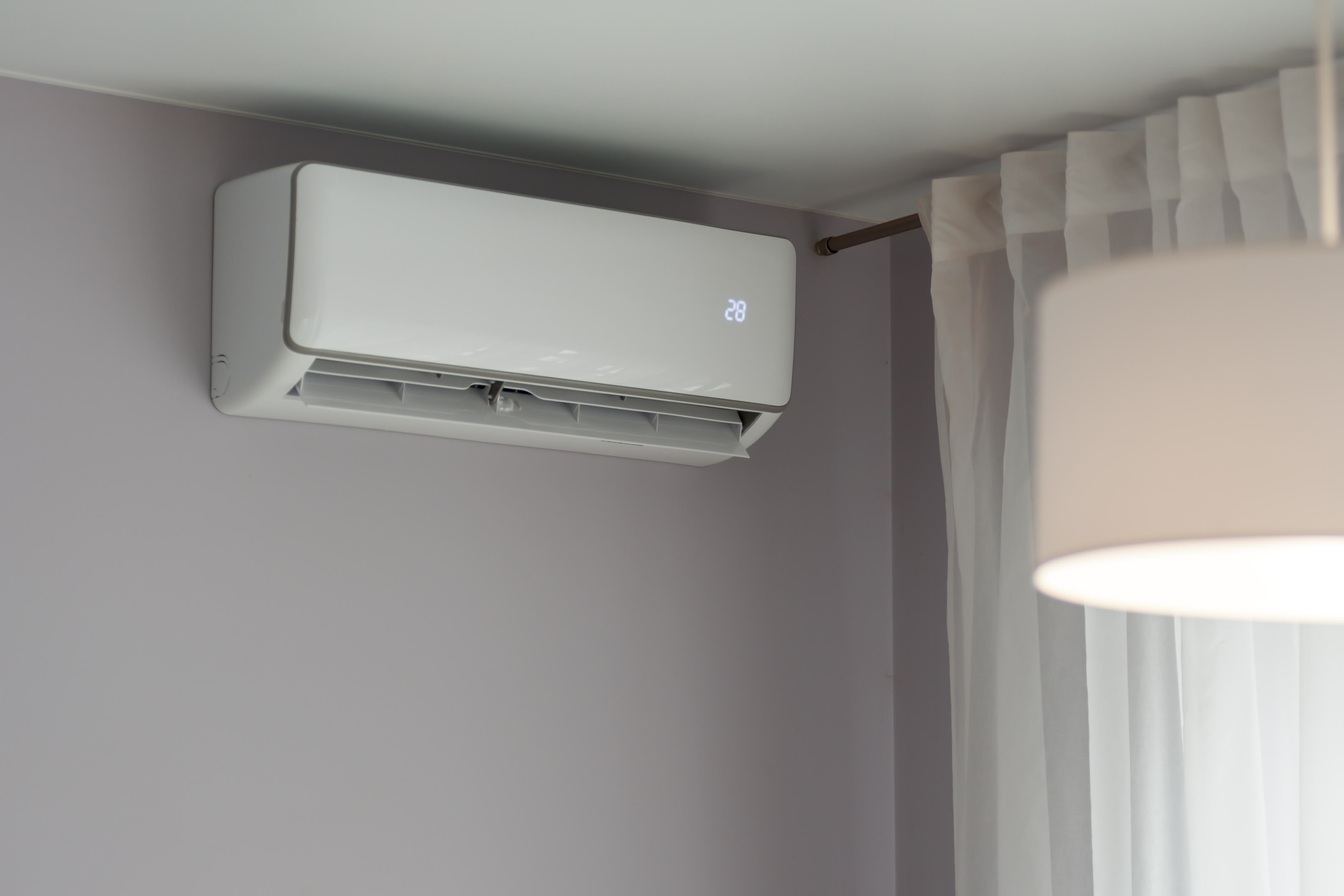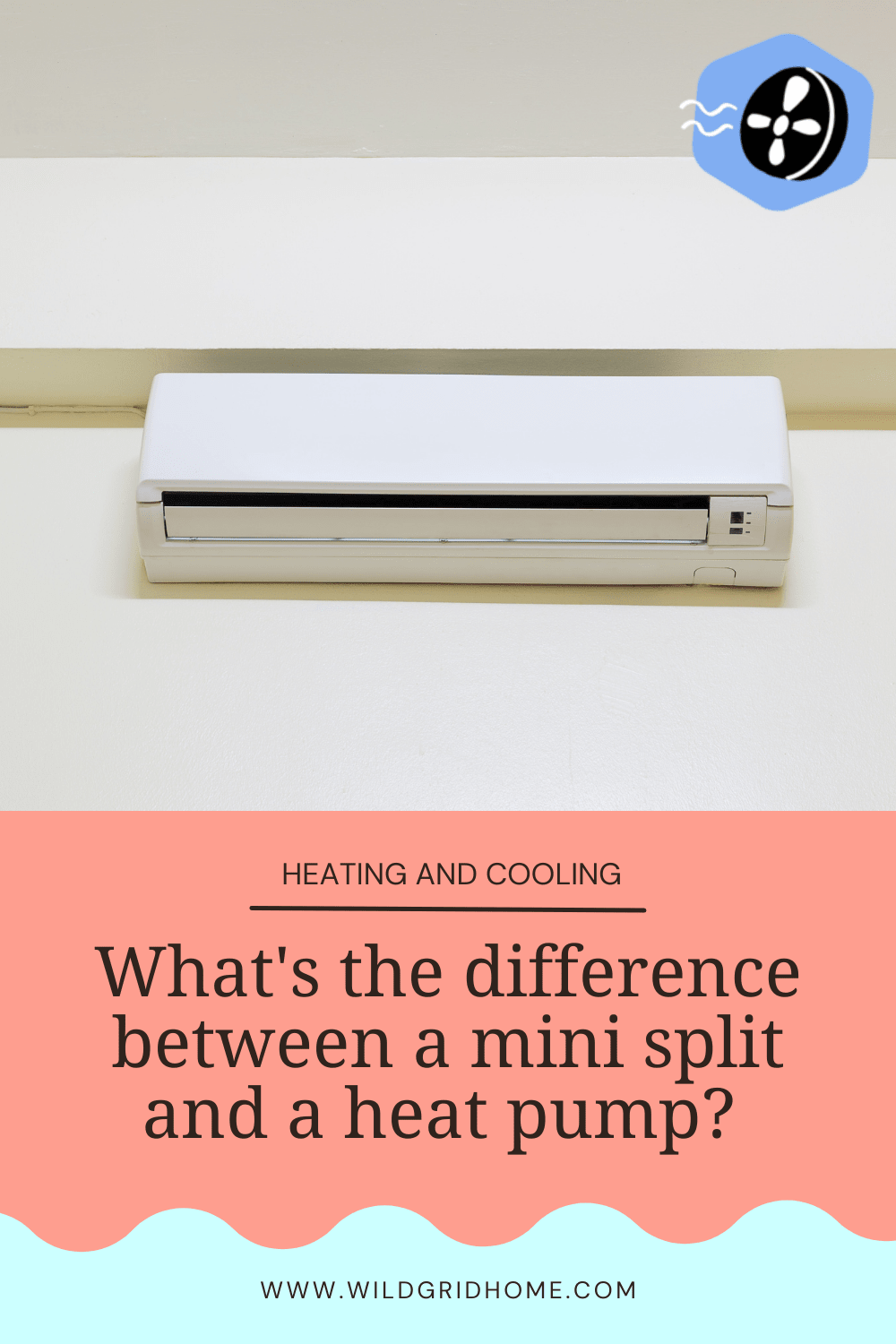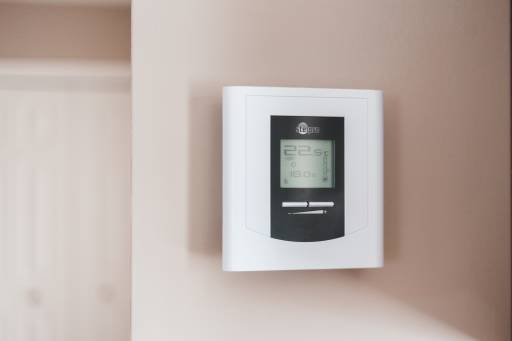5 Things To Know Before Choosing Between a Mini-Split and a Heat Pump

If you’re thinking about giving your HVAC system an overhaul, you’ve probably encountered lots of different lingo. Zoning and coils and ducts, oh my! 🦁 🐯 🐻
And if you’ve made it here (welcome!), you’ve set out on a quest to discover everything you need to know to make the right choice.
@wildgridhome we know youve all been so excited to know... but this is a sneak peak at some of the amazing information we'll have in our new planning tool! 📝 link in bio to be the first to know 😌 #electrification #homeenergy #sustainablehome #rewilding #hvac #heatingandcooling
♬ Sunshine - WIRA
So… what’s the difference between a mini-split and a heat pump?
You know how all squares are rectangles, but not all rectangles are squares? Well, all mini-splits are heat pumps, but not all heat pumps are mini-splits: they do the same thing, using the same underlying mechanism, but they have one important distinction.
The main difference between heat pumps and mini-splits is that heat pumps generally deliver heated or cooled air to you and yours via ductwork, while mini-splits don’t.
Instead, mini-splits pump air of the desired temperature directly into the room that you want to heat or cool. Appropriately, another name for mini-splits is “ductless heat pumps.”
Both mini-splits and standard heat pumps have an outdoor unit and an indoor unit. Mini-split systems can have multiple indoor units associated with just one outdoor unit, allowing the user to achieve “zoned heating”, which just means they can set the temperature to be different in different rooms. Standard heat pumps do not have this feature.
How do I know which one is best for my home?
Ducted and ductless heat pumps are both great alternatives to your fossil-fuel-friendly furnace (or whatever other energy-intensive method of climate control your house currently relies on).
But, depending on your home and your needs, one will likely make more sense than the other. Here are a couple questions to ask yourself before making that decision:

Do I have ductwork in my house? 🏠
If you already have centralized air, a standard heat pump might be most compatible with your existing system. But, don’t rule out a mini-split right away.
Ducts notoriously decrease the energy efficiency of a home because they can be leaky, and in older homes they might even be uninsulated, ultimately resulting in a lot of energy being wasted. If you don’t have ductwork, a mini-split is the obvious choice, unless you want to spend up to $6000 installing the ducts needed for a standard heat pump… which you might want to do if the aesthetic of your home is particularly important to you.
The indoor units of mini-splits are usually wall or window-mounted, and they are not exactly discreet.
What are my temperature needs? 🌡️
Do you live in a small house and spend most of your time in one room? Then a single mini-split might be all you need.
Do you live in a bigger house and make a point of spending a little quality time with each room every day? Then a standard heat pump is probably your best bet.
Do you live with other people who have different temperature preferences than you do? Then maybe a multi-unit mini-split system fits the bill.
What are the weather conditions where I live? 🌨️
All mini-splits are “air source” heat pumps, meaning the thermal energy that they ultimately deliver to your home is gathered from the outside air. Air source heat pumps will technically function properly regardless of the outside temperature, but they may cost more to run in extreme cold (though this can be ameliorated with proper insulation and high quality windows).
Standard heat pumps, on the other hand, can be air source, but they can also be “water source” or “geothermal source.” Because water and earth tend to have far more stable temperatures than air, water source and geothermal source heat pumps are more consistent in terms of operating costs, and may ultimately be more reliable. Standard heat pumps can also be “hybrid”, meaning they have a fossil-fuel-based heat source that kicks in when it gets too cold outside. Other models have back up heat sources that are electric.
So, if you live in a winter wonderland, aka a frozen hellscape, a standard heat pump with a more stable heat source might be the safest bet.
What is my budget? 💰
In general, a mini-split will run you less than a standard heat pump. Mini-splits are quicker and easier to install, so all in, they cost between $1500 and $5000 dollars.
However, it is important to keep in mind that this cost will go up with every additional mini-split unit you install. Depending on how many you need, the overall cost may end up being comparable to that of some standard heat pump models.
Standard heat pumps vary more in cost than mini-splits, because of the different energy source options. There are also hybrid models that have a back-up fossil-fuel-based heat source. The cheapest standard heat pumps are air source, and they cost between $3500 and $7500 with installation fees included.
On the other end of the spectrum are geothermal source heat pumps. Because installing a geothermal heat pump often requires drilling pretty deep into the ground (at least below the frost line), they tend to cost between $13000 and $36000 when all is said and done.

I know which type of heat pump I want, but there are so many options!! How do I pick??? 😨
Even after choosing between a mini-split and a standard heat pump, you still have to pick the one. And if you’re the sort of person who spends 30 minutes trying to decide which type of toothpaste to get at the grocery store (guilty), committing to a heat pump might feel like an overwhelming decision. But fear not! There are a couple different heat pump rating systems that can help you make the right choice.
Please emotionally prepare yourself for some acronyms.
- Heating Seasonal Performance Factor (HSPF): A heat pump’s HSPF is meant to communicate its efficiency as a heater. It is calculated by dividing the heat produced over the course of the typical heating season (measured in BTU, British Thermal Units) by the amount of electricity it consumed in the same amount of time (measured in kWh, kilowatt hours). So, the higher a heat pump’s HSPF is, the more efficient it is when providing you with heat.
- Seasonal Energy Efficiency Ratio (SEER): This rating tells you a heat pump’s efficiency as an air conditioner, and it’s calculated by dividing the heat removed from your home over the course of the typical cooling season by the amount of electricity it needed to get the job done. Just like with the HSPF, the higher the SEER of a heat pump, the more efficient it is as an air conditioner.
HSPF and SEER scores are more common, but you may also come across heat pumps that have been given a Coefficient of Performance (COP) and/or an Energy Efficiency Rating (EER). These are basically the same as HSPF and SEER respectively, they are just calculated using measurements that are taken over much shorter periods of time.
Consequently, they may not be as accurate, but the same idea holds: the higher a heat pump’s COP and EER, the more efficient it is.
In general, you are going to get more bang for your buck if you buy a mini-split/heat pump that has higher efficiency ratings. It’s true that these models will come with a heftier price tag, but they also promise more energy savings over time, so they are well worth the investment.
You can also prioritize one rating over the other based on where you live. If you have frigid winters and mild summers, you may decide you need a heat pump that has a high HSPF and just an average SEER. If your winters are tolerable but your summers are scorching, a good SEER might be more important than the HSPF.

When in doubt, look for the ENERGY STAR label 🌟
If you don’t want to bother with any of these annoying acronyms, you can just keep an eye out for the ENERGY STAR label.
No, ENERGY STAR is not the next shitty Star Wars offshoot; it’s a program run by the U.S. Environmental Protection Agency, and it awards especially energy efficient products with a big bright blue stamp of approval.
For standard heat pumps, a HSPF that is greater than or equal to 8.1 along with a SEER that is greater than or equal to 15.2 earns an ENERGY STAR label. For mini splits, the HSPF has to be greater than or equal to 8.5, and the SEER still just has to be greater than or equal to 15.2.
In summary
We walked you through the difference between a mini-split and a standard heat pump. Let’s recap…
You may want a mini-split if you:
- Don’t have ducts
- Live in a small house/spend most of your time in a single room
- Have complex temperature needs that require zoned heating
- Have a tighter budget
You may want a standard heat pump if you:
- Have ducts and want to use them!
- Live in a big house
- Have uniform temperature needs
- Want a more stable heat source like water or geothermal
Once you decide, you want to pick a heat pump with:
- A high HSPF/COP if you need it to be an efficient heater
- A high SEER/EER if you need it to be an efficient air conditioner
OR
- An ENERGY STAR label if it’s all the same to you
If you want to find the perfect heat pump for your home, check out our Heat Pump Quest to learn more. Happy Heat Pump Hunting!



